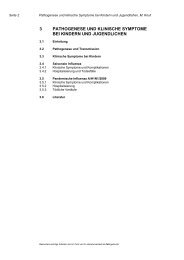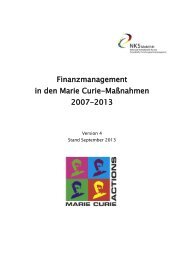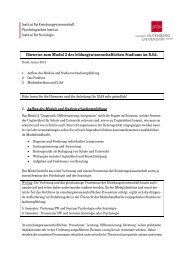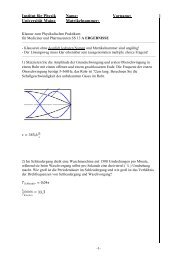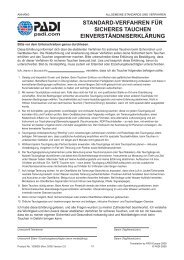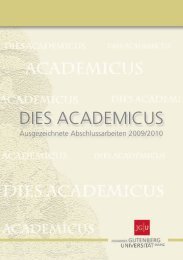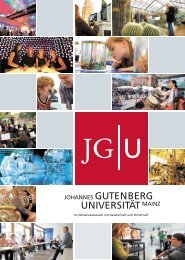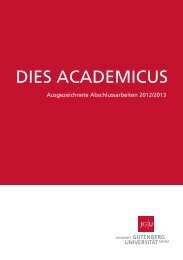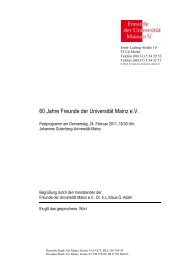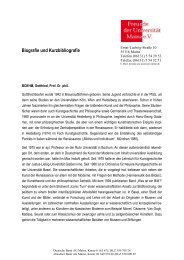BMC Evolutionary Biology - Johannes Gutenberg-Universität Mainz
BMC Evolutionary Biology - Johannes Gutenberg-Universität Mainz
BMC Evolutionary Biology - Johannes Gutenberg-Universität Mainz
You also want an ePaper? Increase the reach of your titles
YUMPU automatically turns print PDFs into web optimized ePapers that Google loves.
[25, 29], it is still possible that Seisonidea represent the true acanthocephalan sister<br />
taxon. However, it cannot be ruled out that Seisonidea are the sistergroup of<br />
Bdelloidea, Pararotatoria or Monogononta+Acanthocephala (see single trees in [19,<br />
25]).<br />
Given the uncertain phylogenetic position of Seisonidea within Syndermata, one has<br />
to be cautious when inferring the evolution of morphological characters. On the other<br />
hand, the well supported closer relation of Bdelloidea to Acanthocephala, with<br />
exclusion of Monogononta ([19], present study), allows for some conclusions<br />
regarding the evolution of morphological characters that are not bound to the position<br />
of Seisonidea within Syndermata. It is thus very likely that the rotatory organ or<br />
corona underwent a (partial or total) reduction before the separation of<br />
Acanthocephala. A likewise reduction of a newly emerged character (wings) has for<br />
example been described in stick insects (Phasmatodea; [36]). Therefore the reduction<br />
of the rotatory organ only a few splits after its emergence at the base or within the<br />
syndermatan tree is not as unlikely as it might appear at first sight. Another<br />
implication of the grouping of Acanthocephala and Bdelloidea is that a retractable<br />
anterior end - whether in the shape of a rostrum in Bdelloidea or as a hooked<br />
proboscis in Acanthocephala - probably evolved before the separation of the<br />
acanthocephalan stem lineage as well. The reduction of the corona as well as the<br />
evolution of a retractable anterior end can easily be explained by different life-styles<br />
and patterns of locomotion in the syndermatan subtaxa: free living/free swimming in<br />
Monogononta; leech-like creeping/free living in Bdelloidea; leech-like<br />
creeping/epibiontic in Seisonidea; reduced motility/endoparasitic in Acanthocephala<br />
(see also [24, 37-39]). Particularly the early evolution of a retractable anterior end<br />
might have represented a key event leading to the later evolution of the<br />
- 11 -



